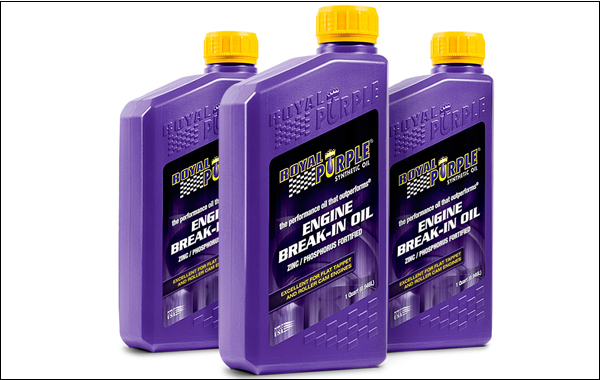Brake Oils
Brake fluid is a type of hydraulic fluid used in hydraulic brake and hydraulic clutch applications in automobiles, motorcycles, light trucks, and some bicycles. It is used to transfer force into pressure, and to amplify braking force. It works because liquids are not appreciably compressible — in their natural state the component molecules do not have internal voids and the molecules pack together well, so bulk forces are directly transferred to compress the fluid's chemical bonds.
Most brake fluids used today are glycol-ether based, but mineral oil (Citroën/Rolls-Royce liquide hydraulique minéral (LHM) and silicone (DOT 5) based fluids are also available.
Brake fluids must meet certain requirements as defined by various standards set by organizations such as the SAE, or local government equivalents. For example, most brake fluid sold in North America is classified by the US Department of Transportation (DOT) under its own ratings such as "DOT 3" and "DOT 4". Their classifications broadly reflect the concerns addressed by the SAE's specifications, but with local details - Alaska and the Azores have different normal temperature and humidity ranges to consider, for example; many countries defer explicitly to the SAE specifications, or simply refer to "best practice" which in application would defer to SAE standard. All approved fluids must be colorless or amber to be acceptable for street use in the U.S, except for DOT 5 silicone, which must be purple.










